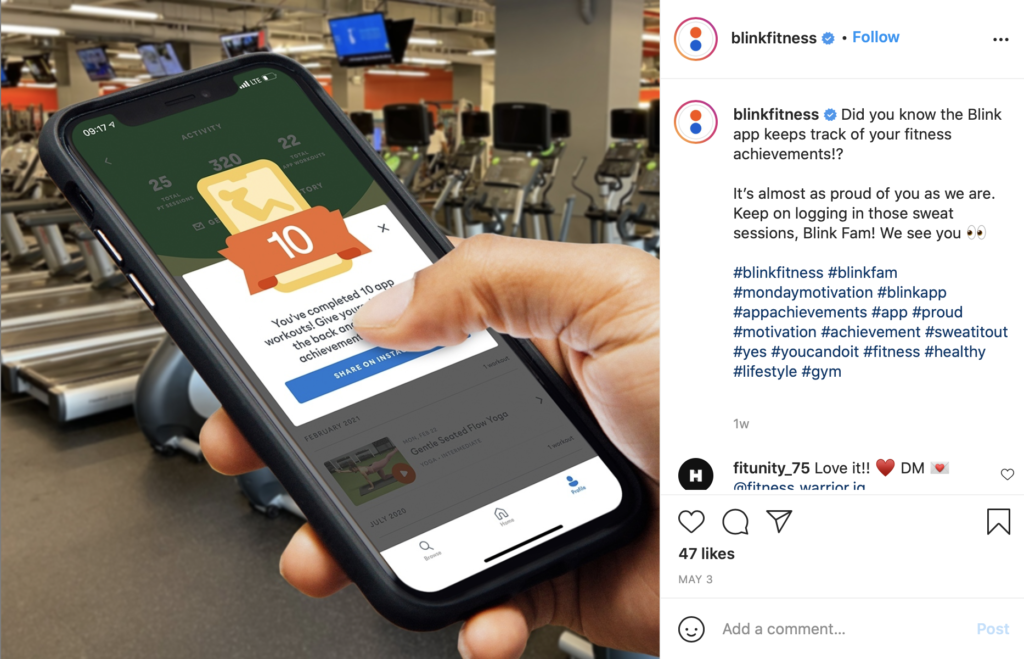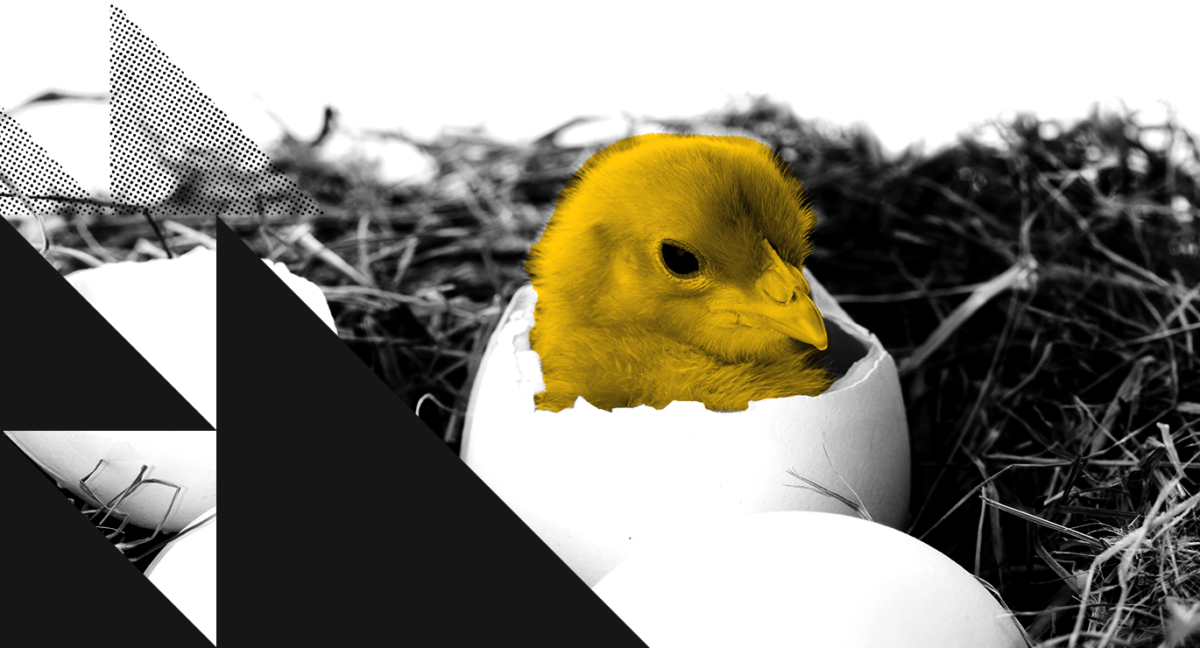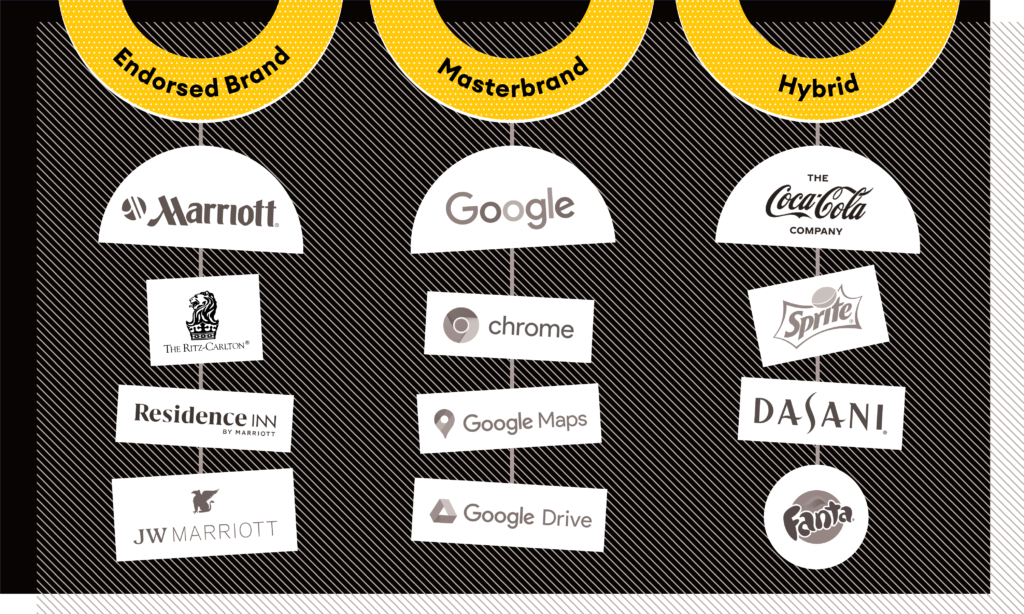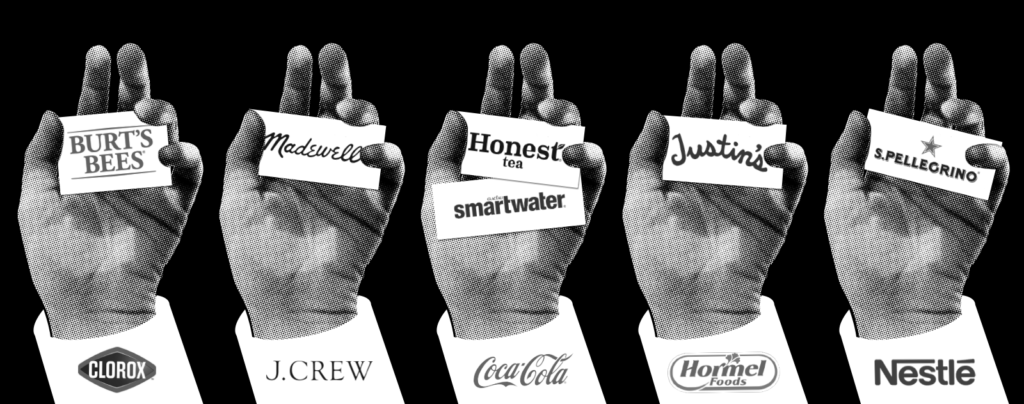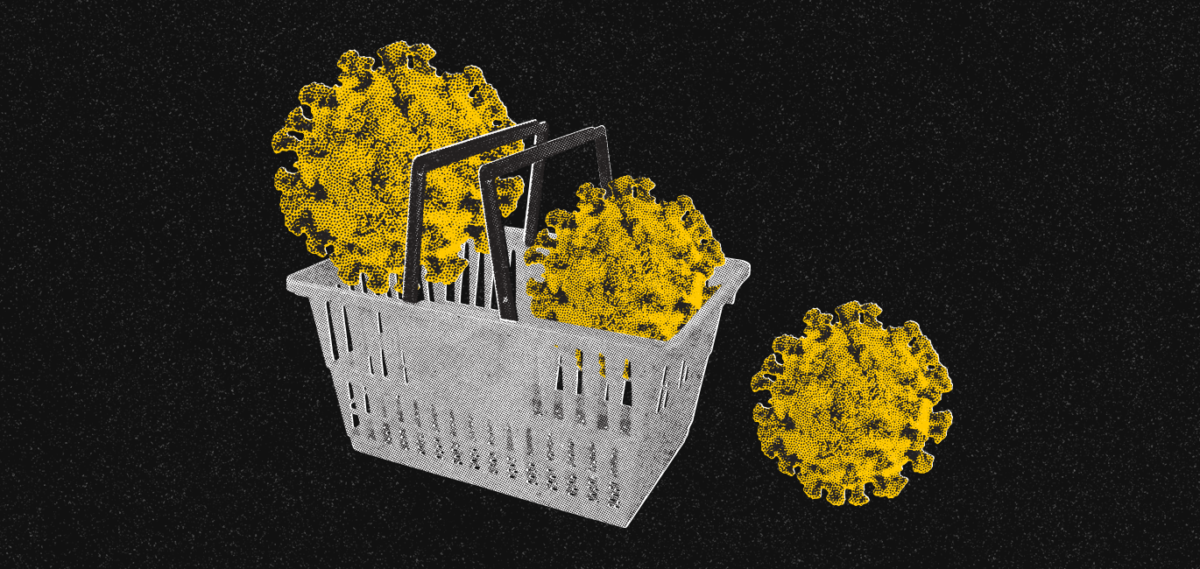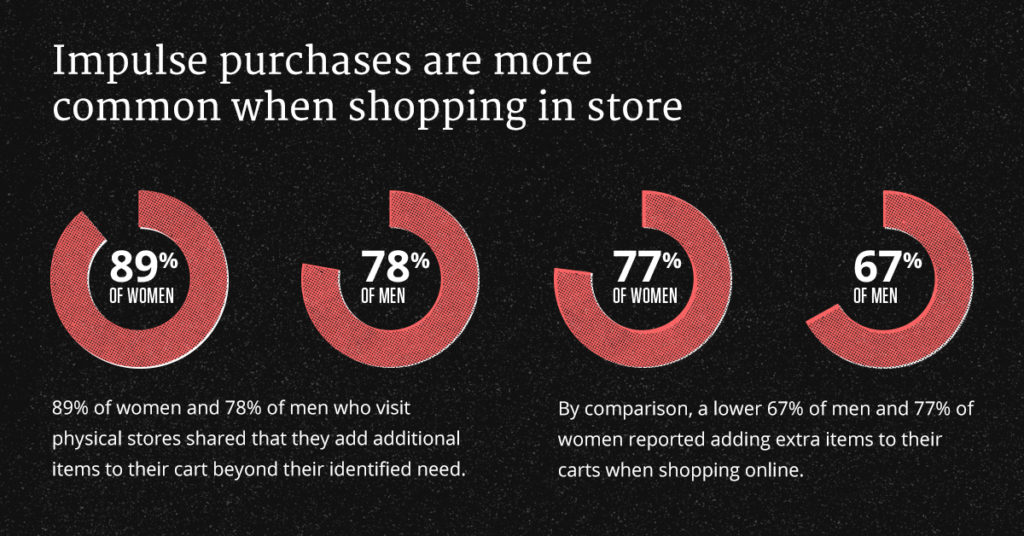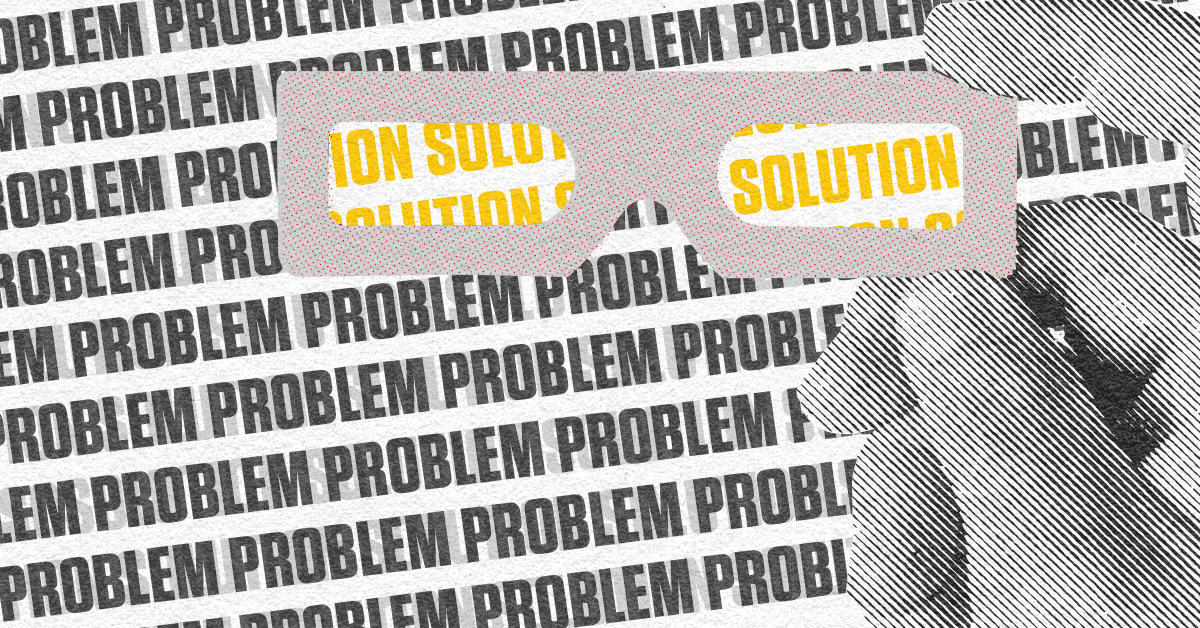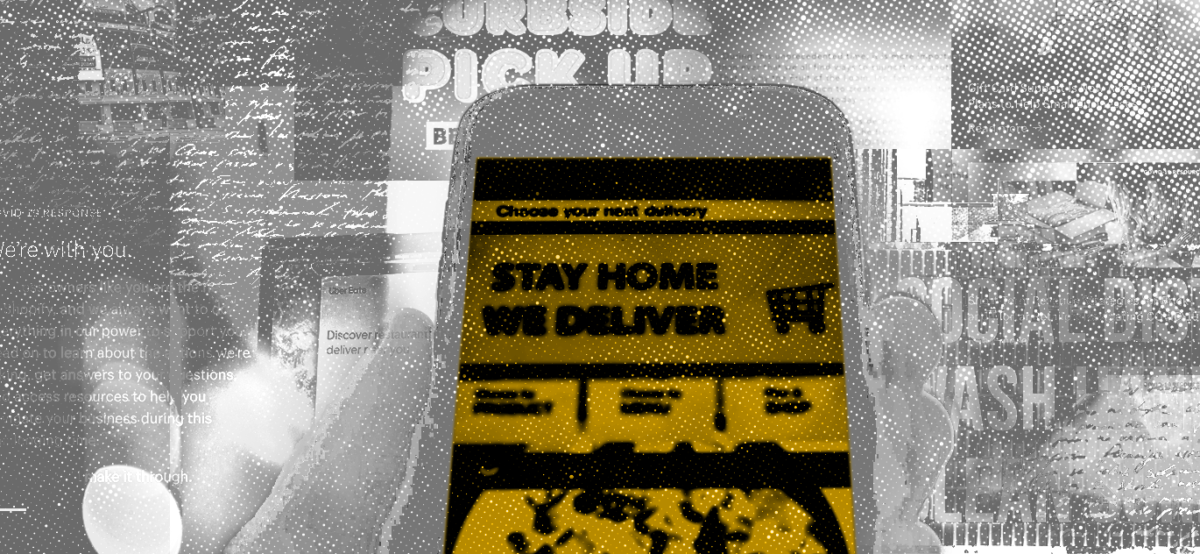Can you think of a global event that shook the fitness industry as much as COVID-19 did? With no option to continue business as usual, fitness gyms across the world were forced to contend with digital transformations– and fast – by developing apps, delivering content, and finding new, creative ways to provide value to members that were indefinitely stuck at home. And while some succeeded, for many, the weight of the pandemic was too great, and they were forced to shut their doors.
In fact, the IHRSA estimates that the US gym and health club industry lost $20.4 billion in 2020. By May 2020, about 500,000 people in the gym industry had been laid off; and by July 2020, 60% of Americans reportedly planned to cancel gym memberships.
On the flip side, brands who invested in and focused on delivering digital-first experiences saw a boom of success. With 74% of Americans reportedly using at least one fitness app during the pandemic, home fitness app downloads saw a 46% increase between quarter one and quarter two of 2020, while companies like Peloton, Beachbody, and Tonal (as well as businesses that produce at-home fitness equipment) reported massive revenue growth.
Alas, it was fitness gyms that had formerly relied on in-person experiences and only dabbled or recently entered the digital space that were given an ultimatum: Hurry up and create new experiences that put members’ needs at the core or throw in the towel. One gym that experienced this first-hand is Blink Fitness. With 100+ franchised gyms in 10 different states, Blink Fitness strives to change the narrative – and emotional landscape – often associated with gyms.
“Blink is a motivating space with a staff of mood-lifters. We take pride in challenging fitness industry norms and celebrating every unique body,” their website reads. “It’s what’s on the inside that counts… Blink offers a sparkling clean, spacious design with bright colors, scientifically proven to enhance your workout and elevate your mood.”
Sounds cool, right? Well, definitely. Except when you can’t actually access the space.
So, as the global pandemic reared its ugly head, Michelle Horowitz – Blink Fitness’s Senior Vice President and Head of Marketing and Communications – was tasked with ensuring that the uplifting, body-positive brand could transcend and traverse new digital demands.
To learn how Blink Fitness tackled the challenge, our own Partner Robert Wallace sat down with Michelle for our Innovators Q&A Series to discuss the evolving consumer journey, member-first mentality, data-backed strategy, and the future of the fitness industry.
Q&A with Blink Fitness’s Senior Vice President & Head of Marketing & Communications Michelle Horowitz
Robert Wallace: Hello everyone. My name is Robert Wallace. I’m a partner at we’re a customer experience design company, and I am pleased to an honor to be the host of our fourth installment of the new interview series that we’re putting on called the innovators. I’m really happy to have a conversation today with Michelle Horowitz, which she was named one of Brand Innovators Top 100 Women in Brand Marketing, and she’s a visionary in e-commerce marketing and leader experience in a variety of industries – B2C and B2B. She’s built high performing teams that and [has been] really customer obsessed throughout her whole career in marketing communications. And now she is the Senior Vice President and Head of Marketing and Communication at Blink Fitness, which is a premium and affordable fitness brand that challenges conventional fitness stereotypes. [Michelle is] responsible for leading the brand and digital evolution of the company through innovation and movement.
[Michelle], obviously that is a timely industry that you’re in and we’ve all gone through a tough year, and an interesting year. So, first of all, welcome, and thank you so much for taking the time. I just went through [your] standard bio, but I’d love to hear in your words a little bit more about your professional journey. You’ve been through sales and marketing… I’d love to just hear really briefly about your career and your journey and how you landed where you are.
Michelle Horowitz: Yeah, for sure. Thanks. Thank you, Robert. I’m super excited to be here and it’s an honor to have this conversation with you. So, thank you for having me. I took a circuitous route to be where I am today and where I am today is completely passionate about the health and wellness industry and obviously the impact that fitness can make. It’s never been more apparent than right now about how important it is for us to stay well. And certainly, you know, it’s not just the physical impact of what we’ve been going through [but] also the mental impact. So, to be with a brand that [lives that] ethos is super exciting.
Previous to this, I spent some time in fashion and then retail-specialty area, particularly in lifestyle. So, I’m super proud of the work that I’ve done during that time. And it really was all about customer centricity as we built and developed the Loft brand and expanded beyond the US borders into Mexico and Canada. And then I was part of the team that created the Lou & Grey brand, which was really the first foray from a specialty retail perspective that moved into lifestyle. So, it was a big, bold step that the brand took prior to being acquired, and was part of the growth from a D2C brand into 12 stores. So, that’s been the majority of my CMO experience – in the fashion space – but always with an eye to customer centricity and the impact that a brand can have on its consumer base.
Similar to how people feel about the e-commerce experience, they want [fitness] to be there when they want it to be there.
RW: How would you say you’ve segued that customer and member-first mentality, so to speak, in your new role at Blink?
MH: Yeah, it’s interesting. I recently took responsibility of the customer service center, as well. So, I think it really speaks to a marketer’s responsibility of the customer journey and thinking about it from the moment of acquisition through to retention and then, obviously, loyalty. So, to put the consumer at the center of it all, from identifying the issues that come through customer service and then being able to be really thoughtful about how we treat our customers and how we have that sort of member-first mentality. But I would say that, stepping back – as we hopefully are through that gateway of the end of the pandemic – that we really pivoted quite quickly at the beginning of the experience, which is more than a year ago, where we had to close down the business and had to really think about how important it was for not only our employees, but also our consumer base to keep them actively engaged and to put their health and wellness first.
So, we were very fortunate that we actually have an app – a fantastic app – that was created in 2019, that has three functional areas. One is obviously about the capability to have access to classes, where we partner with a lot of brands, but also create our own content. And then we have nutrition and rejuvenation. So, to be able to sort of engage fully behind that and share it with the community and really open it up – because at the time, it was one membership that had access – we opened it up to everybody. And then, as an engagement vehicle, we actually worked very closely with our personal trainers to create our own content. We began to host live stream content every day that really allowed people to [make] their health and wellness [a priority] as we transitioned to working at home.
That was another example of how we did it. And now, as we come out of this pandemic, or we’re traveling through hopefully the tail end of it… As we reopened the gyms, we actually, again, used [and are using] the app as a vehicle to help people feel more comfortable coming back to the gym. And, obviously, health and wellness was the priority for our employees, our communities, and the members that we serve by following all of the CDC guidelines, as well as local guidelines. But, in addition to that, we wanted to use the as a vehicle to help make it easier for everybody. We had that frictionless entrance where they didn’t have to touch or engage with anything. They could use their app. But, in advance of even doing that, they could still reserve their space in the gym, [and] look at capacity.
And if they’re not ready to come back to the gym, which some people are not yet ready… They can actually currently take personal training classes through the app. So, we’re constantly trying to think about the consumer experience. And, I think, a natural evolution of this is: “How are we going to continue to marry the digital world with the in-gym experience?” Which I think, until we find stasis, is definitely an “and,” I would imagine that people sort of live in both of those worlds.
RW: It’s interesting because it sounds to me that it boils down to – or what has happened – is it’s almost what does Blink Fitness really stand for? Meaning what businesses is it really in? And the delivery mechanism has changed. So, it has forced you to think about, “Oh, we’re about accessibility and democratization of really high-end health and wellness and fitness. And that used to be delivered through the gym, and now, when the phone goes away – at least partially goes away or has fundamentally changed – how else are we going to fulfill our brand promise while they can’t get to that particular delivery vehicle?” And it’s really interesting how you’ve thought about that and broadened your perspective. The only way you can do that is by putting [the] customer first.
MH: I think, even as people sort of flex and figure out what it all looks like, the nice thing about it is, if you [are] coming into the gym and [are] enjoying – whether it’s the weights or the elliptical or whatever the machines are that you choose, or even the stretch area – you might not have time, or you might be doing it in-between appointments or whatever. [But] you can always go home and continue that journey, whether it’s doing a yoga class or a meditation class or more stretching from home. So, I think, similar to how people feel about the e-commerce experience, they want it to be there when they want it to be there. And the app is definitely a vehicle that gives our members what they’re looking for.
RW: That’s fascinating, too. The idea of a 360-degree brand is one that that has come up. It came up in my footwear experience, and you probably saw too, where– and I’m dating myself here – but there was a time when you started selling online or selling catalogue or whatever channel is new, there was this fear that you would be cannibalizing your existing channel. And that never happened because it really just made it a 360-degree brand. I can buy whatever it is I want to buy whenever and however I want. I can do it on my phone. I can do it online. I can order through the catalog, if you still want to do that, or I can go into the store. So, it’s fascinating that fitness is going through that same thing.
MH: Yeah. And interesting, too. I remember from my retail days, it’s like that haptic social community feeling that you get when you’re walking through a retail store or you might have the urge or that window of time that you’re able to do it at home through the digital experience. I think there [are] some similarities there, for sure.
When you look at the true customer journey, that's not a marketing thing. That's not a product thing. That's not an operations thing... It's everything. The customer – or the member, in your case – doesn't much care what departments or silos exist.
RW: There’s an emotional connection that you touch on, in some cases from actually shopping, but certainly I think a lot of gyms – you have an emotional connection. How do you cultivate that? First of all, how do you think about cultivating connections with your members, but [also], how have you thought about how that has changed online or how you had to evolve that?
MH: Yeah, that’s an interesting question. It’s a very community-focused brand, right? When we come into the community, we are committed to the community and the local members. And we think a lot about local. When we first come in [to set] up the gym, we partner with a lot of nonprofits. We work very closely with local government to really engage and let them know that we’re here and we want them to come in and be part of that community. We have – what we call the people that work in the gym – we call them “Mood Lifters,” and they really set the tone and the feeling for coming into the gym.
We want people to come in and feel like they’re part of something… The music sets the tone and the friendliness of the Mood Lifters and the personal trainers really create that local community touch point. And often people obviously establish relationships, whether it’s with their trainers, their Mood Lifters, or their local managers. So that really, in and of itself, was really the ethos of the brand that was built. And when we went through COVID and started to create those live streams, we really began to allow the personal trainers – when they taught the daily classes – [to let] their personalities, their excitement for their brand, and for health and wellness, really shine through. And we actually included the capability for people to ask questions and engage, whether it was during the workout or after the workout, so we could really create that continuity.
Obviously, in the digital world, it becomes a little bit more difficult, but in the same way that we want to help people curate or navigate their fitness IQ, we see that as a lot of potential in the digital world to sort of [help] continue people on their journeys in the digital world. So, I think part of it is the content that we provide on the app by curating from the nutritional, from the rejuvenation, and then from the classes. And the partners that we’ve chosen, whether it’s Daily Burn or SworkIt or Aaptiv, it’s been very thought through. Of course, there’s tons of opportunity to continue to personalize that experience and really think of that journey. But we look at one as being an extension of the other.
RW: Yeah, fascinating. When I think about personalization, I invariably get to the data issue or the data situation. How are you thinking about data? The collection of data? We may soon be in a cookieless world… How does Blink think about this? How do you think about it?… Tell us a little bit more about the personalized experience that you touched on.
MH: Yeah, I think that’s a great question. And, you know, obviously from a brand perspective, it’s a member-first mentality, right? So, you know, and it’s a value exchange, by understanding more particularly, [it] becomes a lot easier obviously in the digital world – through the app – to understand what content appeals to people, where their interests lie, and we can begin to really curate that.
So, for us, it’s all about making the experience [and] constantly evolving the experience to make it better: Being really thoughtful in the data-sense from a marketing perspective – obviously, in addition to focusing on the member experience – we have to be very attuned to the applicable laws, legislations, and I think an ever-changing landscape.
Also read: How Johnson & Johnson Is Pairing Data With Creativity to Connect With Customers Like Never Before
At the beginning of the week, I was listening to Kara Swisher’s podcast “Sway” from the New York Times and she was interviewing Tim Cook. Tim believes that privacy is at the forefront of what things are going to be about. And certainly, from Apple’s perspective, you know, they’re introducing the ATT – the ability for people to choose their privacy settings. So, I think it’s still an interesting time. There are many different things happening at many different levels, from the policy perspective – around section 230 – and, you know, there are some… Amy Klobuchar is very involved with making refinements [to] – I think she’s calling it the Safe Tech Act. You have Virginia announcing that they’re going to be doing very similar [things] to what California did with the CCPA. That they’ve now adopted their version of that. And, I think, from what I heard, there’s another eight states following suit.
So, a brand has a responsibility to align with and be aware of that. And then, in addition to that, you also have the platforms, right? Like, Facebook has a lot of responses to Apple and there’s a lot of activity. I look – from a marketing perspective – the importance of staying on top of it and putting member privacy at the forefront is what we are looking at. And staying in tune, too. But there’s, there’s so much going on from a marketing perspective, we work very much in line with our legal department and technology [teams] to make [sure] everything aligns. So, needless to say, I guess there’s a lot going on, Robert.
RW: The ground is shifting, too. I mean, what you just spoke about is going to be different maybe even by Monday. Every day you see that there’s new legislation, or just new technology, and how companies – all of them – are reacting to it. To me, the brands that at least make it, first and foremost, “Hey, we’re paying attention. And we’re doing our best to put you – the member – first.” That starts to build enough of a trust factor that, “Hey, we may not keep up with every single thing, but we’re trying and your first, so you – the member – are first,” I think that’s critically important for most brands to think about, because it’s not necessarily possible to keep pace with everything.
MH: Yeah. But I think it’s our responsibility to, as brands, to do that. But I think it also speaks to, you know, the agility and the cross-functional partnership that takes place now, certainly through this time… We’re in it together and navigating through it.
RW: So, for sure. When you look at the true customer journey, that’s not a marketing thing. That’s not a product thing. That’s not an operations thing. It’s all of those things – [including] service. It’s everything. The customer – or the member in your case – doesn’t much care what departments or silos exist.
MH: One hundred percent. I love that you say that. I mean, we work so closely together – the Head of Operations – we all work so closely together to create this member-first experience and we’re, like you said, it’s an evolution. Simon Sinek talks about “The Infinite Game“. It’s this constant [goal of] doing it better and putting the member first.
Also read How to Holistically Map Your Customer Experiences
RW: I think organizations are being forced, especially during COVID – because [the] customer became front and center, whether you thought about it or not – and it forced a lot of companies to think about, “How are our departments interacting with one another? And how are those interactions even touching the customer? How do we need to maybe be more agile?”
Our North Star really is thinking about the member first and that member experience.
MH: Yes, I love that you said that. I was just going to say, I think these keywords came out of the pandemic, right? Like, the acceleration of behavior or technology, resiliency, agility. And, obviously, from a leadership perspective, empathy is at the, at the cornerstone, which I think has only made us better and stronger as individuals and teams. So, I agree with you. I think those are some of the keywords that are definitely coming out of this moment in time.
RW: Ultimately, that’s a good thing. So, there’s some silver linings. I think it’s all good. So, we’re almost at time, but if you cast your vision forward a little bit, what do you see in terms of the fitness industry, or technology, or any trends, or any combination of the three? What do you see out there in the market? Where do you see things going?
MH: Yeah, I think – just touching back on what we started talking about – I really do believe it’s this constant continuation of the member experience. And what does it mean to offer that member experience? From a technology point of view, from a people point of view. Bringing that all together and continuing to deliver that. And, I think, it’s about understanding this moment of stasis: When, you know, the technology and the digital world and the four walls live together. What does that look like? So, I feel like we’re on a journey that was accelerated by COVID, for sure. I don’t think we’re the only industry. Obviously, there’s many that we can point to that have been [impacted by] this acceleration. But, again, a lot of the behaviors that you’re talking about, and that we’ve touched on – the agility, the resiliency, the cross-functional partnership – will be key in this experience. But I think our North Star really is thinking about the member first and that member experience.
RW: Yeah. Awesome. Well, I I’ve been fortunate enough to have a few conversations with you. Each one is awesome, and each one, the time sneaks up on us. We could keep on going for a while. But I do want to thank you, again, for taking the time. This has been wonderful. I know our audience is going to appreciate it and learn a lot from it. Is there a URL for Blink Fitness that [people] should check out?
MH: [Yeah], it’s just BlinkFitness.com. Right now, we actually are allowing people to download the app for 60 days trials, no matter where they live. So, I welcome anybody that would be interested. Just go to our website and download the app, or to the app store and download it that way.
RH: Excellent. Everyone go do that, go download [the app].
MH: Stay healthy, stay well, right?
RH: Yeah. Everyone: Stay fit and stay well. That’s exactly right. This will help you do that. So, I’ll do that when I hang up here. But thanks again. It’s really been a lot of fun.
MH: I look forward to continuing the conversation. Thank you so much.


